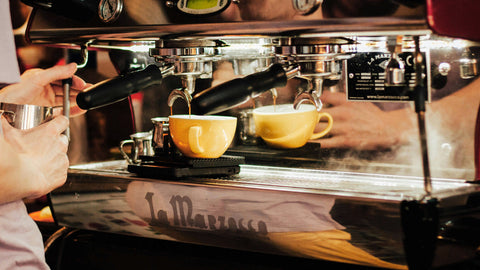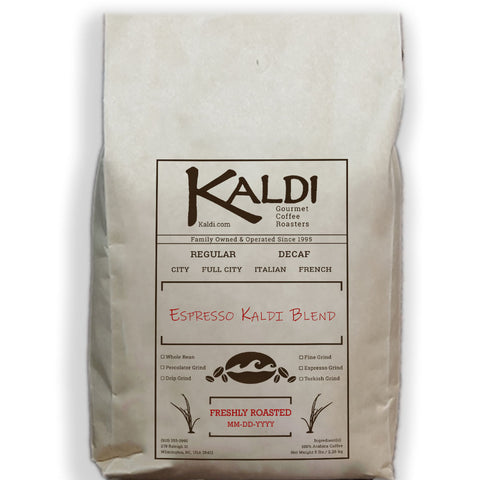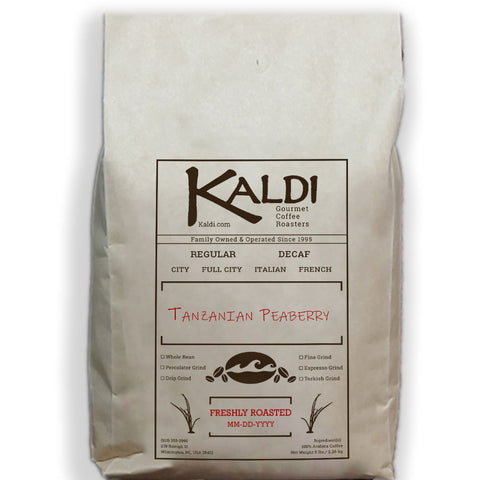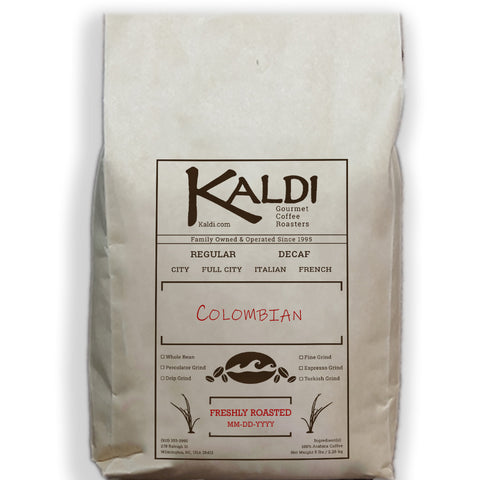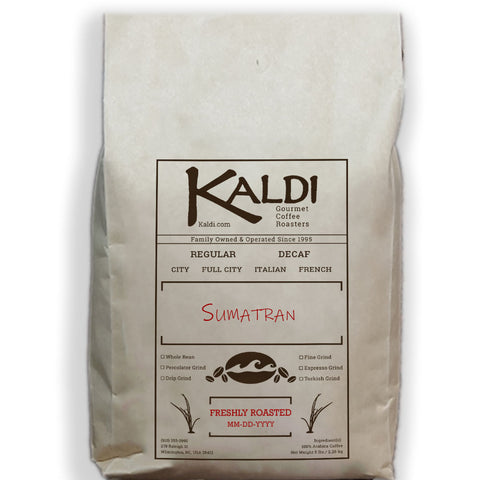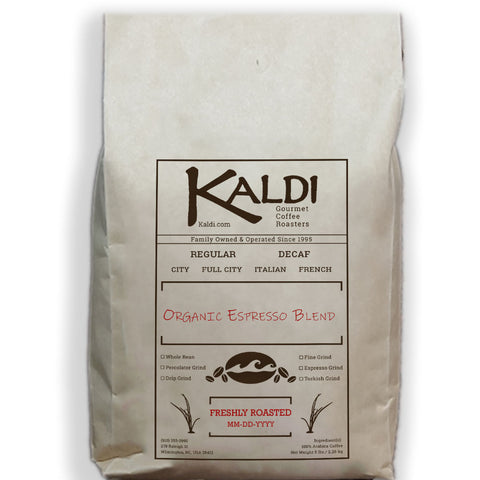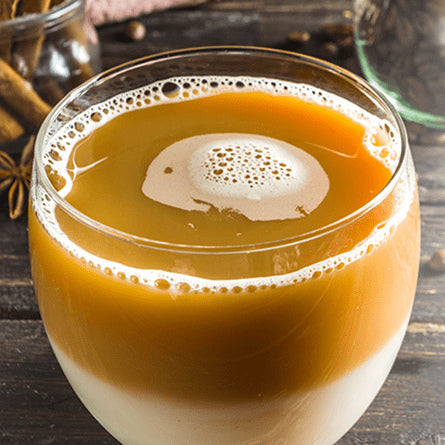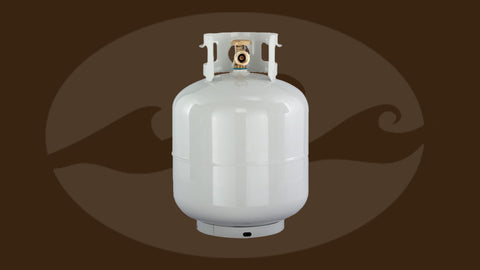When you’re looking to run a coffee house, cafe or even a mobile espresso business, one of the first things you need to figure out is which espresso machine works best for you. This task may seem daunting, but we’re here to break it down for you. Modern commercial espresso machines fall into three primary categories: semi-automatic, automatic, and super-automatic. We'll also briefly discuss the historical precursor to these machines, the manual or "lever" espresso machine, though it's now largely obsolete and rarely seen in operation. Let's dive into the specifics of each type and explore which might be the perfect fit for your business.
Manual "Lever" MachineThe manual lever espresso machine, the original design for espresso preparation, requires significant user involvement, including physical effort to extract shots. While these machines are historically significant and capable of producing exceptional espresso in skilled hands, they have largely disappeared from commercial settings. Most major manufacturers now focus on automated models, making new commercial lever machines increasingly rare. While espresso purists appreciate the tactile experience and the potential for nuanced extractions, the steep learning curve and physically demanding operation have limited their practicality in today’s fast-paced café environments. As a result, lever machines are primarily found in the homes of dedicated enthusiasts or displayed as historical artifacts.
|
Semi-AutomaticA commercial espresso machine is classified as semi-automatic when the brew cycle (shot extraction) must be manually started and stopped by the operator. This gives the barista full control over the portion size of each shot. In practice, this means that to pull a shot, the user must press a manual dispense button to start the brew cycle and press it again to stop it. Because of this, the barista must remain focused on the extraction, making multitasking difficult compared to more automated machines.
|
AutomaticAutomatic commercial espresso machines are the most popular choice for businesses today. While they still include a manual on/off brew switch for direct control over shot sizes, this function is primarily used for cleaning. Instead, automatic machines feature a touchpad with pre-programmed portion sizes, ensuring consistency and ease of use. For example, pressing the single shot button starts the brew cycle, and the machine automatically stops at the correct volume. This allows for greater consistency across drinks and frees up the barista to focus on other tasks, such as steaming milk.
|
Super-AutomaticSuper-automatic espresso machines are the most user-friendly option, often considered easier to operate than a standard coffee maker. Like automatic machines, they pre-portion shot sizes, but they also grind, tamp, and extract the espresso shot automatically. Users can still adjust the grind size to maintain flavor quality. While many assume that the espresso machine itself has the biggest impact on shot quality, grinding and tamping play a much more critical role in flavor consistency. Some super-automatic machines even include automatic milk frothing and steaming, further simplifying the process. However, this level of automation comes at a higher price, making super-automatic models the most expensive option. Additionally, the increased number of features means they may require more maintenance and servicing over time.
|
Let's review...
In summary, commercial espresso machines offer varying levels of automation. The manual lever machine, while offering unparalleled control, is best suited for home use or low-volume environments due to its demanding operation. Semi-automatic machines require the barista to initiate and stop the brewing cycle, while automatic models handle this with pre-programmed settings. Super-automatic machines streamline the process further with integrated grinders. Ultimately, the ideal machine depends on your specific needs and preferences. Whether you prioritize ease of use with a super-automatic or desire the hands-on control of a semi-automatic, Kaldi offers a diverse selection to meet your requirements. Don't hesitate to contact us; our experts are ready to assist you in selecting the perfect espresso machine to launch your successful coffee venture.

